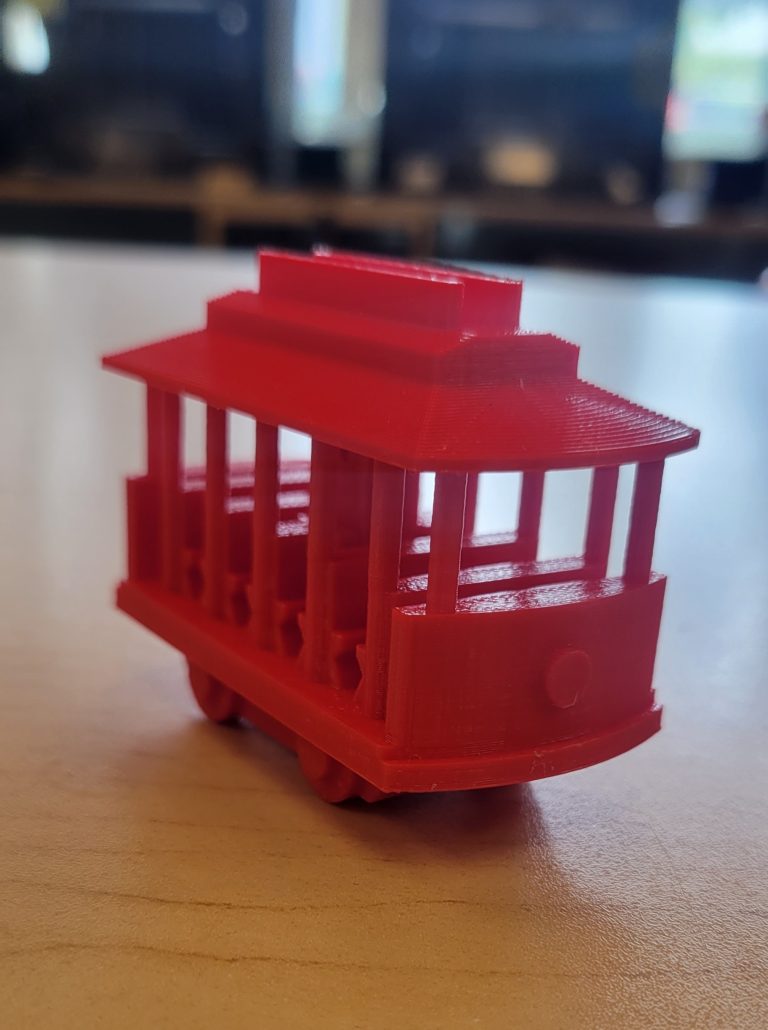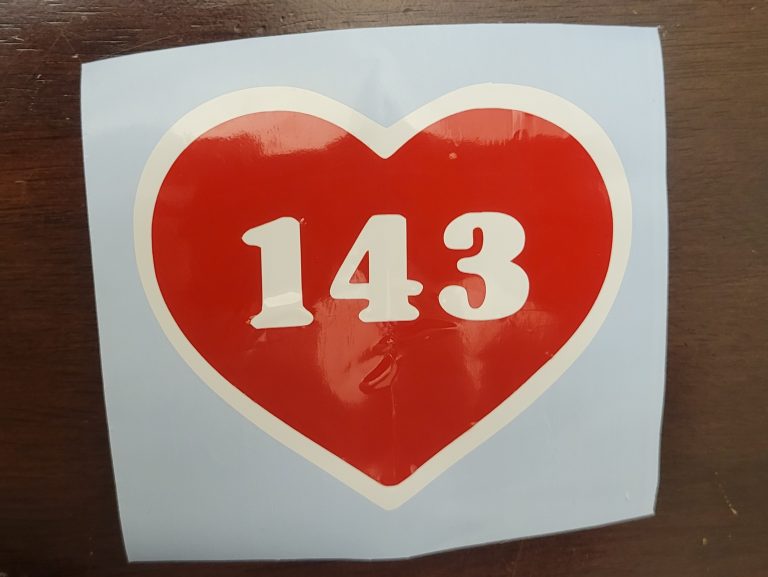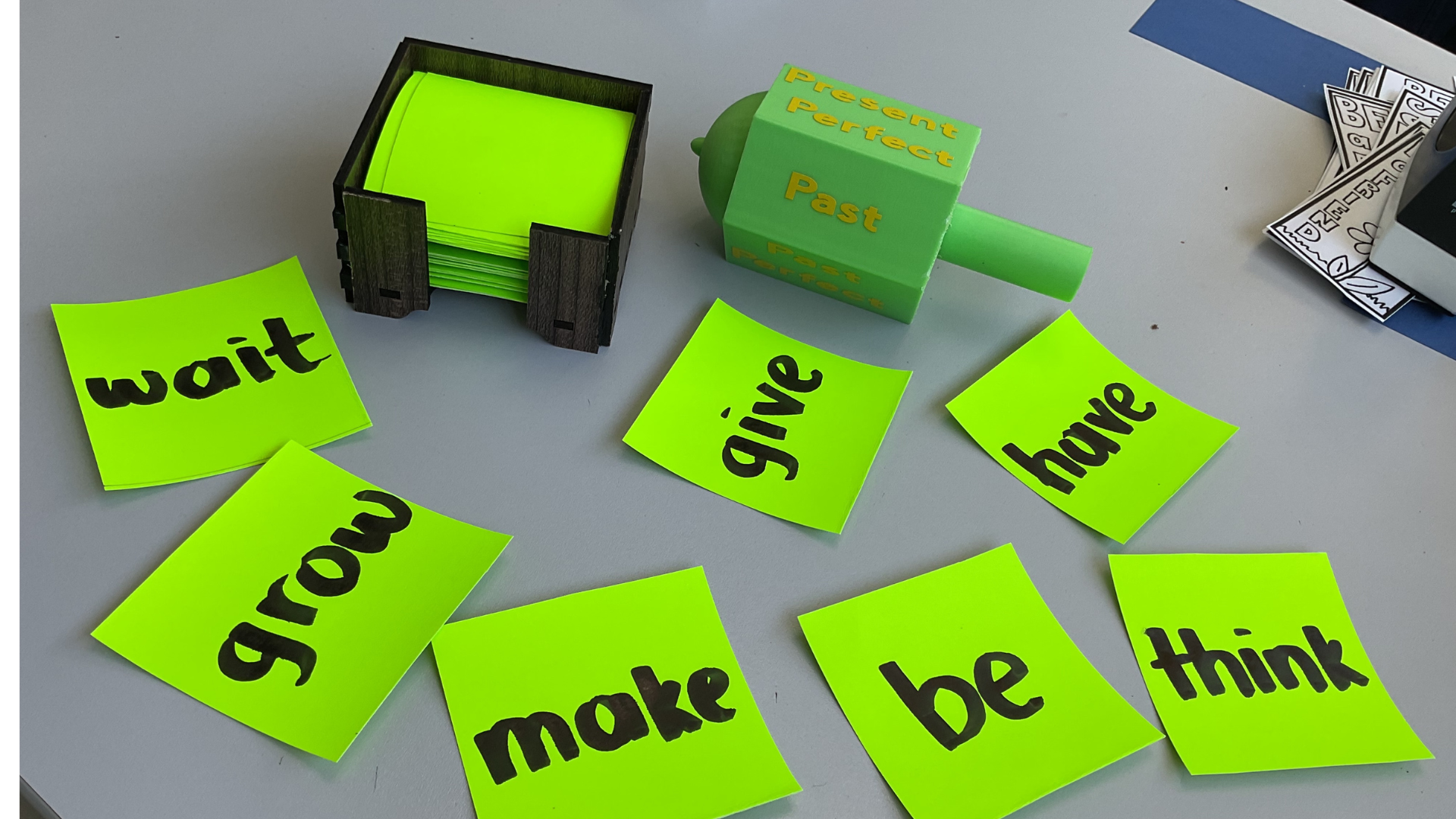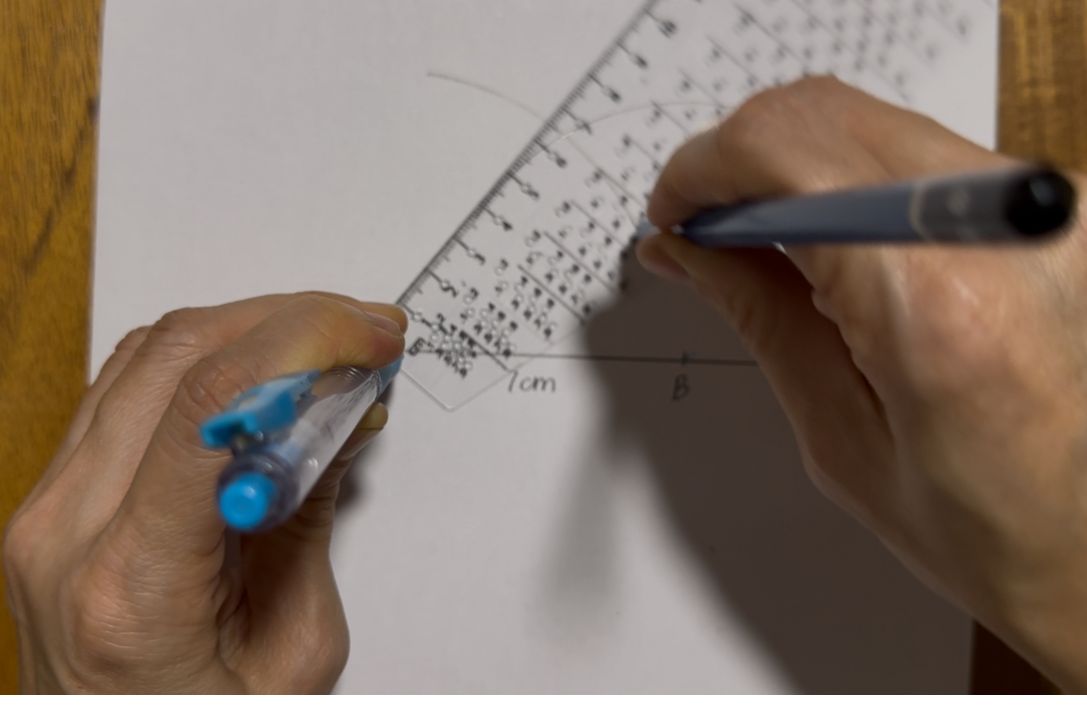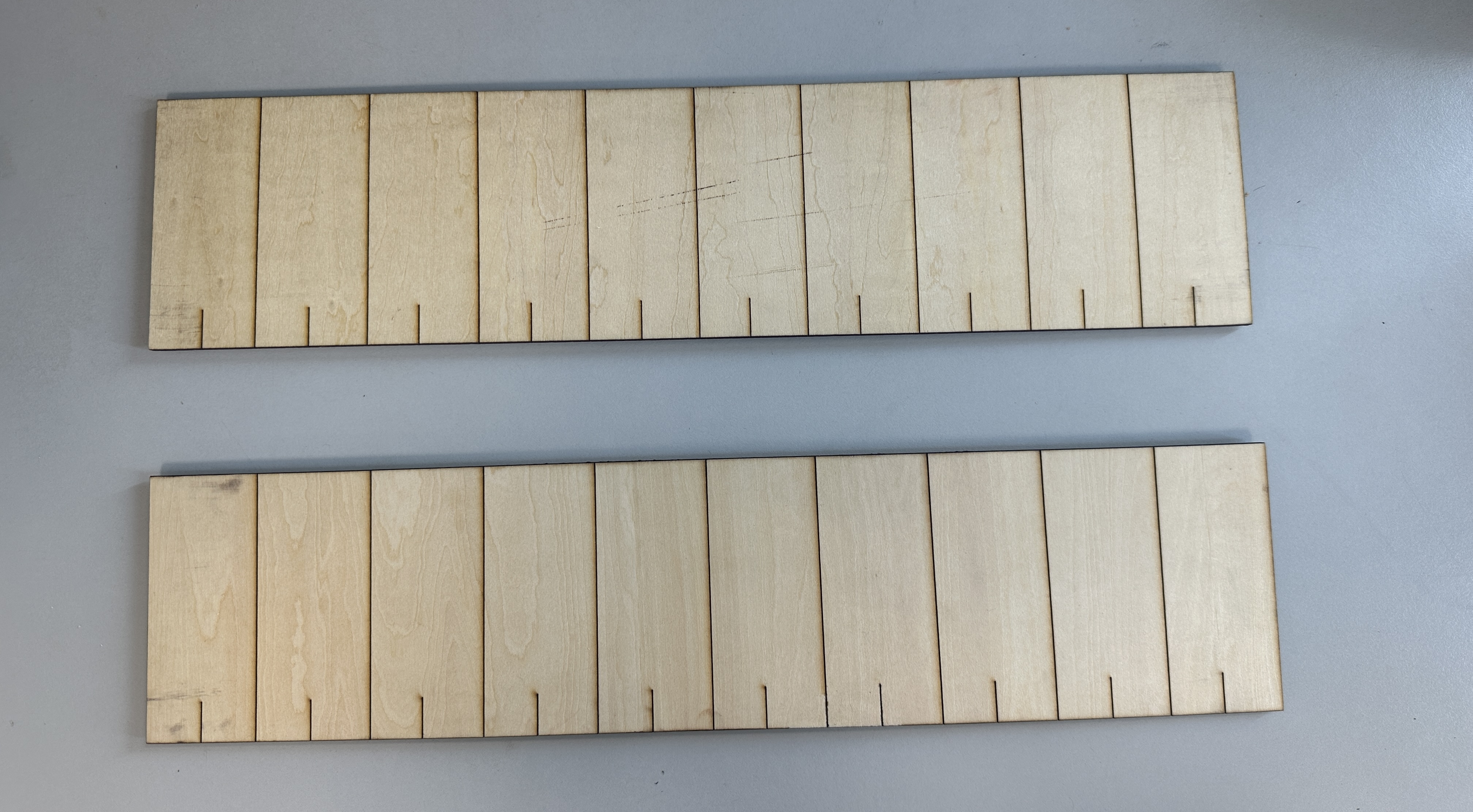Let’s talk kindness! This collection is in honor of Fred Rogers from Mister Rogers Neighborhood. Mister Rogers taught children and adults emotional management, acceptance, tolerance, love and how to deal with the feelings inside that we just can’t put our finger on. He gave his advice to educators and members of the community to take a holistic approach to teaching the whole child and their spectrum of understanding. These lessons focus on expanding the educational topics of digital fabrication to social emotional ones as well.
3D Printed Mister Rogers Neighborhood Trolley
In this lesson students will design a 3D model of Mister Rogers Neighborhood Trolley. We will be looking at how he took a stand against racial inequality in 1969 when…
143 Pittsburgh’s Day of Kindness Vinyl Stickers
This lesson is a guided introduction to Mr. Rogers Day of Kindness. Students will create a vinyl sticker for their laptops, staff will assist in the design and fabrication of…
Mister Rogers Sweater Keychain
In this lesson students will design sweater keychains in honor of Mister Rogers. We will be looking at how his work in helping children develop socio-emotional skills inspired congress to…
about Wonderings from Pittsburgh
Mister Rogers spent his entire adult life teaching his audience racial justice, how to deal with difficult life events, and how to be kind to one another. I believe that it is our obligation as educators to democratize education to its fullest extent. The way I have found to do so is in bringing the life lessons that Mister Rogers taught me into the classroom.
IN THIS COLLECTION
These lessons are directly related to Mister Rogers and his ideological sensibilities on education and emotions. The first is a vinyl sticker that has the symbolic “143” on it. Mister Rogers always kept his weight at 143 pounds because there is one letter in “I”, four letters in “love”, and three letters in “you”. Next is a lesson outlining how to laser cut a keychain out of his beloved sweaters, which were all hand sewn by his mother. In the lesson we take a look at how he accomplished receiving 20 million dollars in funding for PBS just by discussing the emotional learning he did on his show with congress. And finally, a lesson to 3D print the famous trolley from his show taking the viewers into the “land of make-believe” while discussing the stand he took against racial injustice in the late 1960s.
Emotions in Motion – مشاعر في حركة
This session explores the role of emotions and how they can be expressed through colors, shapes, and sounds. Children will engage in an interactive activity using the Makey Makey electronic…
December 17, 2025Awarness Card – بطاقــة توعويـــــة
During this workshop, participants will assemble a simple circuit using conductive tape and chibitronics LED. Participants will learn about sustainability and awareness about energy conservation. خلال هذه الورشة، سيقوم…
December 17, 2025AI Storytelling – سرد القصص بالذكاء الاصطناعي
In this workshop participants are going to be introduced to AI & Storytelling, they will use Yarn platform that utilizes AI features to make a story about empowering women in…
December 16, 2025Renewable Energy Lab Tutorial for UNIHIKER K10
This kit is a scientific exploration kit based on the UNIHIKER K10. It is equipped with components such as a wind power generator, a solar panel, and an energy storage…
December 16, 2025Speed Rolling Down A Ramp | Smart Science Projects
This hands-on science and technology course guides students to recreate Galileo’s classic inclined plane experiment using Micro:bit, BOSON light sensors, and self-made cardboard structures. Students will first master the principle…
December 16, 2025Protect our teeth
Understand the structure of your teeth and develop good habits to take care of them.Caring for your teeth should start with daily habits, developing good practices for using and protecting…
December 15, 2025Programmable Electronic Musical Instruments
Students will construct their own electronic musical instruments, and get introduced to block programming to make their instruments play sounds.
December 14, 2025Reaction Game using Micro:bit
This lesson works better if students had some previous experience working with Scratch or similar coding software. The lesson focuses on students creating a reaction game with simple materials and…
December 14, 2025Constelations
During this lesson, students are able to experiment with electricity a topic that they had been learning before, which is constellations. This lesson has a combination of FabLab interactive activities…
December 9, 2025Build & Test Earthquake Proof Buildings | Smart Science Projects
This project will show you how to make an earthquake shake table to simulate earthquakes at different frequencies. Connect the model with a microcontroller to measure and visualize the earthquake…
December 8, 2025Let’s learn together: exploring linkages in motion
1.Areas/ subjects to connect This lesson about the mechanism called “linkages” could be very abstract for lower school students, but bringing it with a linkage manipulative to explore the mechanism…
December 6, 2025Geometric Light Art
In this 3-hour lesson, students design and create layered geometric paper artwork enhanced with a simple LED circuit. Using Inkscape, students construct simple geometric compositions such as circles, polygons,…
November 27, 2025Verb Tenses
This lesson has been designed for students to work in learning centers. Four centers where kids are going to improve writing skills through different activities and work independent with the…
November 9, 2025Kinetic Stories: Bringing Art to Life with Simple Machines
This lesson invites students to merge creativity, storytelling, and engineering through the design of a moving automata. Students explore how art and motion can work together to express ideas, emotions,…
November 7, 2025RulCompass = Ruler + Compass
This is a prototype of a mathematical tool designed using Digital Fabrication for Students. When teaching Geometrical Construction to 13-year-olds, students typically need to purchase a compass, which can…
November 5, 2025Decimals (Rounding off)
In this lesson, students explore rounding off decimals using number lines. In the past, number lines was drawn on the whiteboard to help students visualise rounding positions. To enhance…
November 3, 2025STANDARDS-ALIGNED
Community contributed lessons aligned with Common Core State Standards (CCSS) and Next Generation Science Standards (NGSS) offer formal educators innovative pathways to teaching content knowledge. The Fab I Can Statements are a resource to develop technology-literate learning progressions to align with content standards.
FAB TESTED
Periodically lessons are adapted and tested by the Fab Foundation team based on a call for submissions from fabbers, educators, and makers. Our inaugural set of lessons for the SCOPES-DF project were Fab Tested in 2016 and are tagged Fab Tested on the website.
OPEN-SOURCE VALUES
Lessons are distributed under a Creative Commons CC BY-NC license, that permits free use and re-purposing by others.

